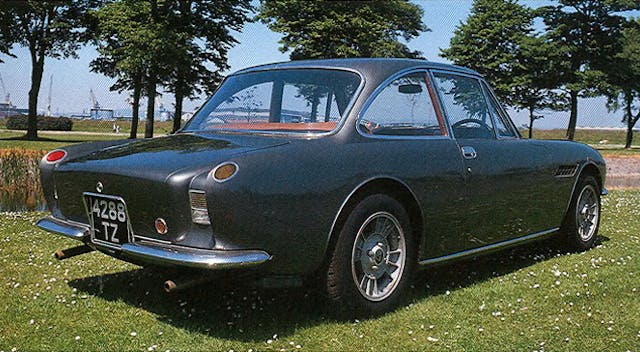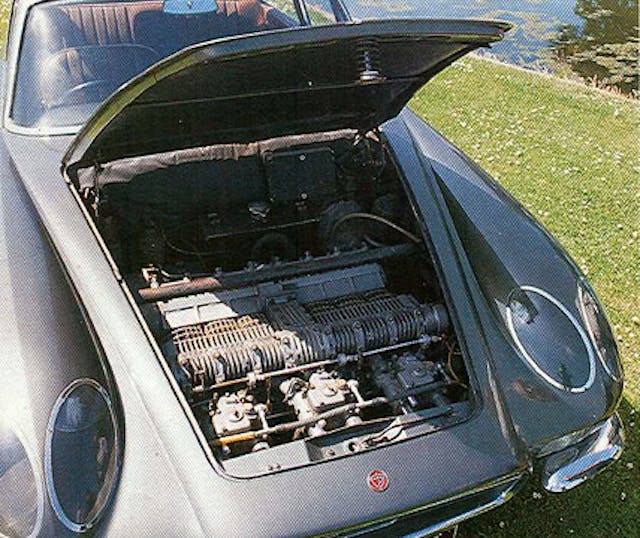It took more than the luck of the Irish to build the one-off DAWB 6

Ask a classic car enthusiast to name the most famous car produced on the Emerald Isle, and it’s an easy layup: the DeLorean DMC-12. The second-most famous? That’s a little tougher, so we’ll help you out: It’s the 1959 Shamrock convertible. After that, well …
Never heard of the DAWB 6? There’s no shame in admitting that you haven’t. The front-wheel-drive car is not only unusual, but it’s also one of a kind. Its creator, Davy Woods, built it not for profit or production, but rather for fun. No wonder Woods’ colleagues at Belfast Tool & Gauge Company referred to the car as “Davy’s Folly.”

According to the Ulster Transport Museum in Belfast, Northern Ireland, where the DAWB 6 now resides, Woods and motorcycle racer Artie Bell collaborated on the idea, and the car’s name is a combination of their initials, along with the number of cylinders in the engine. The museum describes the DAWB 6 touring car “is a one-off special of exceptionally high quality, and it incorporates a number of unique features, such as flush door handles.”
It all began in 1949, when Bell, who finished second in the 1947 Isle of Man TT on a second-hand Norton, asked Woods to build him a motorcycle. Woods, however, convinced Bell that they should create a sports car instead. According to treasurecars.com, after five years of planning, Woods was ready to begin building the right-hand-drive DAWB. Bell? He had other priorities. So Woods trudged forward alone. Well, almost.

Woods visited the 1954 Turin Motor Show in search of a carrozzeria that would create a coupe body for his car. Bertone and Pininfarina turned him down flat, so Woods then turned to Billy Leitch, a former Woods apprentice who was running a small body shop that turned Rolls-Royces into hearses. Leitch was happy to help, and although his initials weren’t used in naming the car, they should have been. His contribution to the project cannot be understated.
“Without him we would have gotten nowhere,” Woods later said of Leitch. “He made the body from 20-gauge steel, from a model and sketches I’d made on the wall. There weren’t any proper drawings, for that or anything. I don’t know how he did it. He used wooden patterns so rough you could light your fire with them. He was a genius.”

Beyond the bodywork, Woods created almost everything else, although the DAWB does wear some reused parts from other cars: a windscreen from an MK2 Ford Zephyr, a modified Volvo windscreen for the back window, door frames from a Humber Hawk, and a few interior gauges. Woods’ greatest work on the car may be its engine—a transversely mounted, 1.4-liter, DOHC, air-cooled inline-six that produces 135 horsepower.

“When you start something like this,” Woods said, “you never know if it is going to work.”
Eight years after construction on the DAWB 6 began, it was completed in 1962. Oddly enough, its creator soon lost interest in it. With his goal accomplished, Woods was ready to move on.
We’re finding it difficult to do the same. Especially on St. Patrick’s Day.

